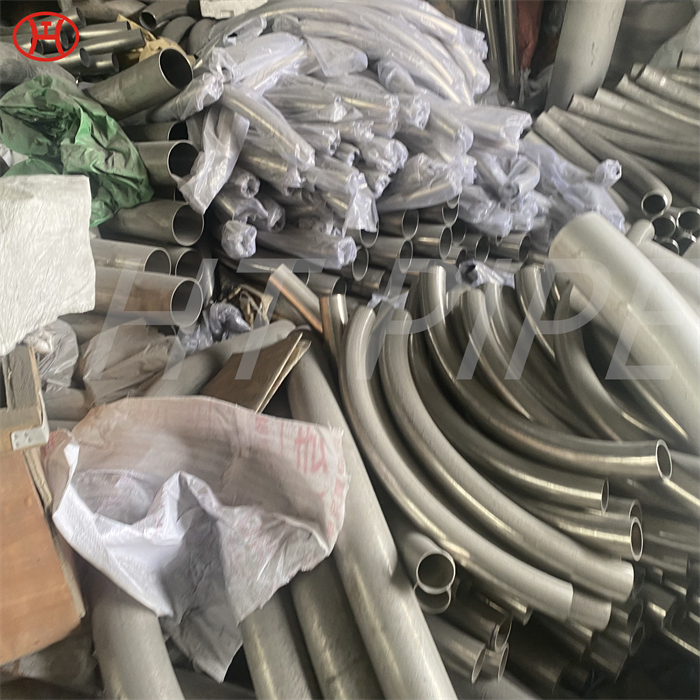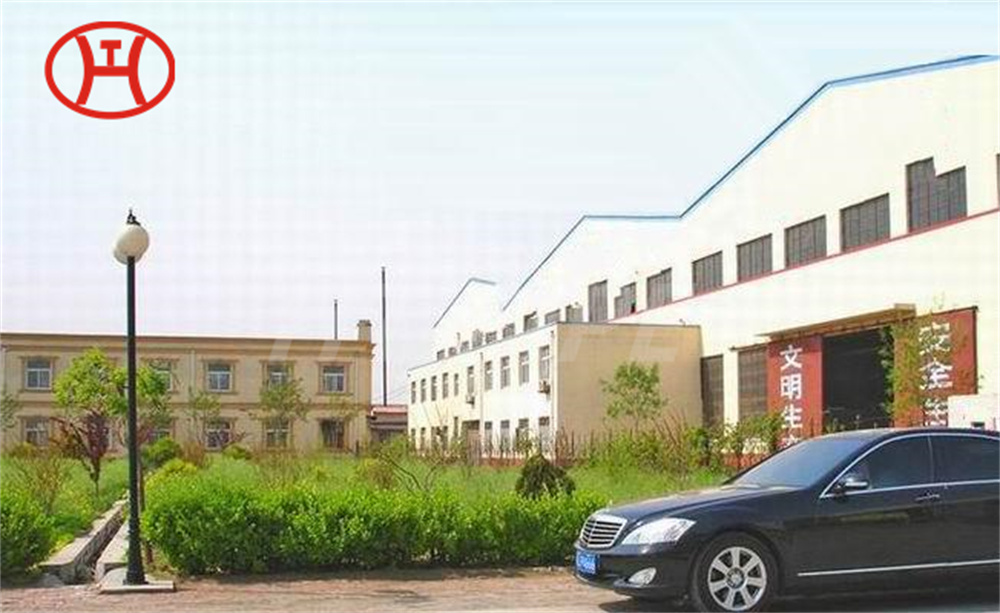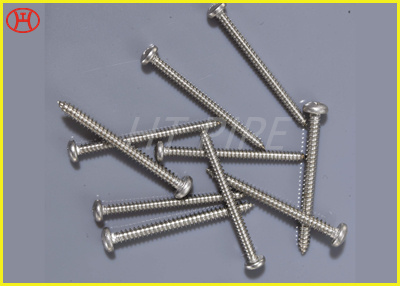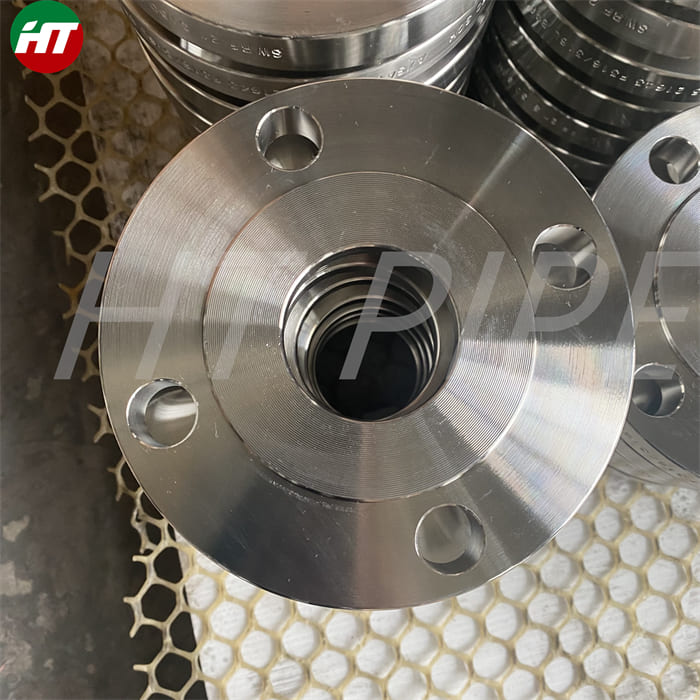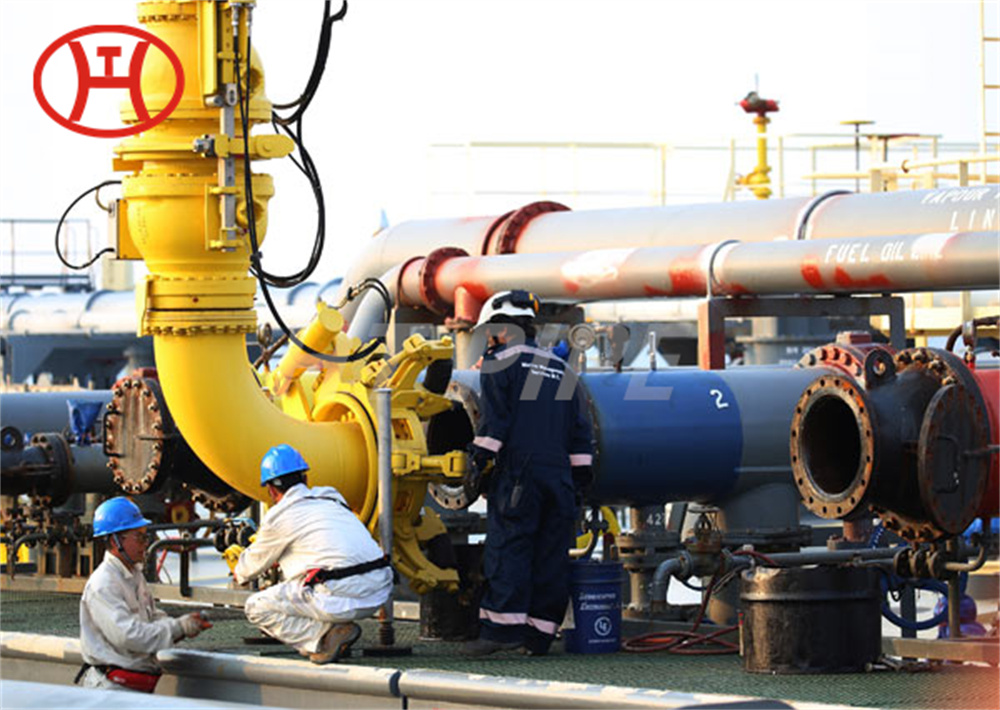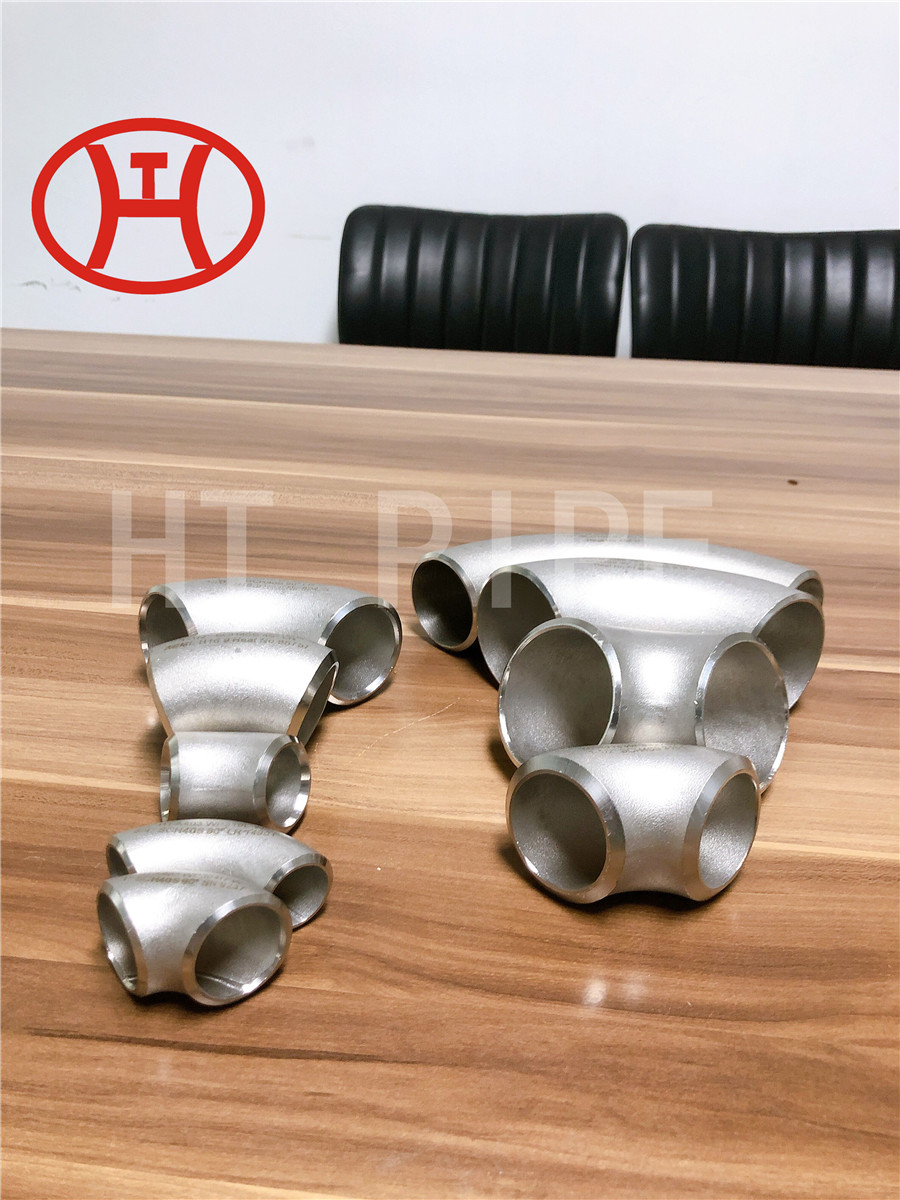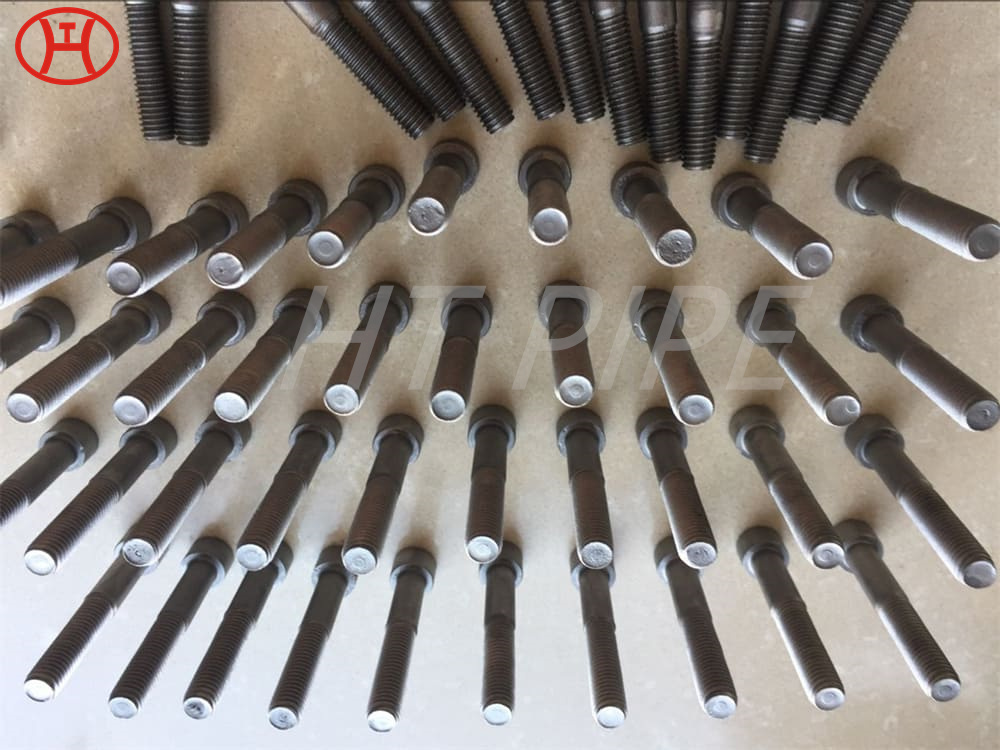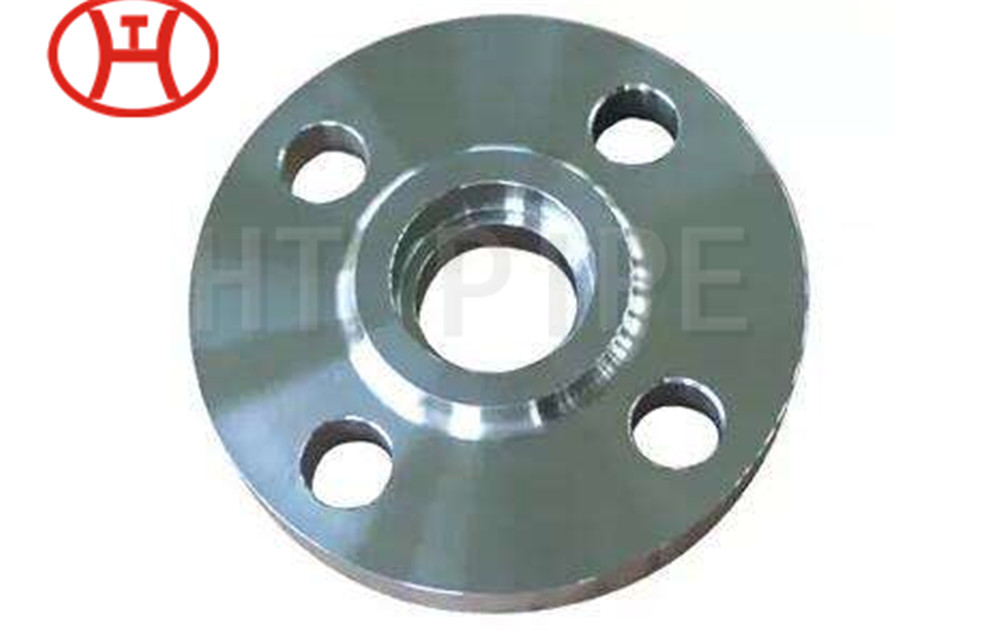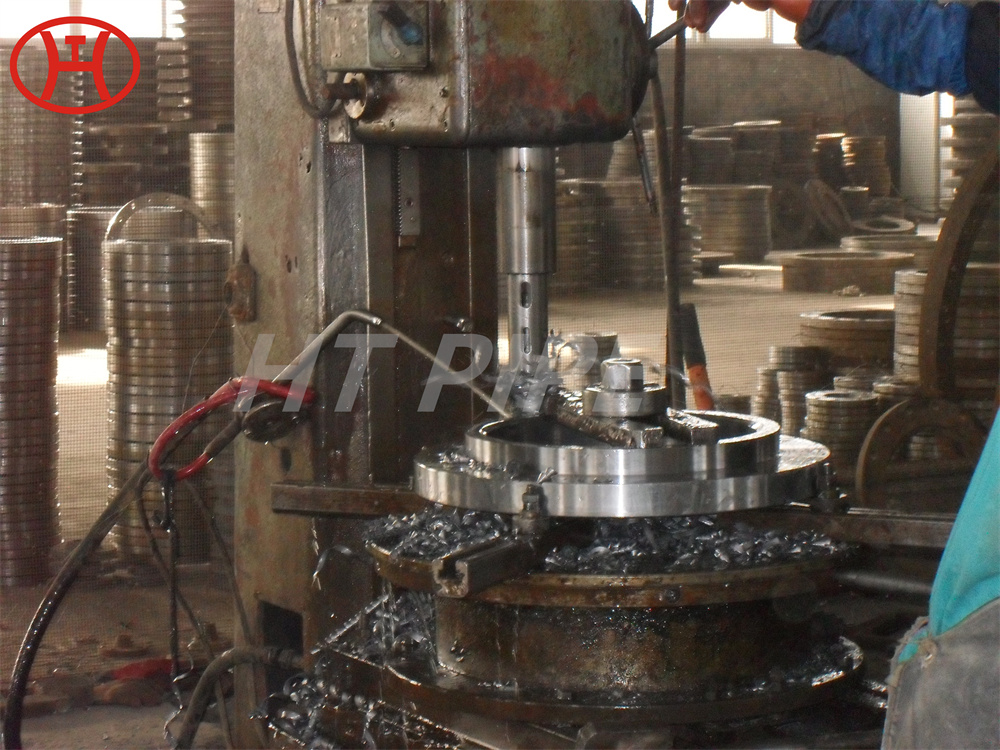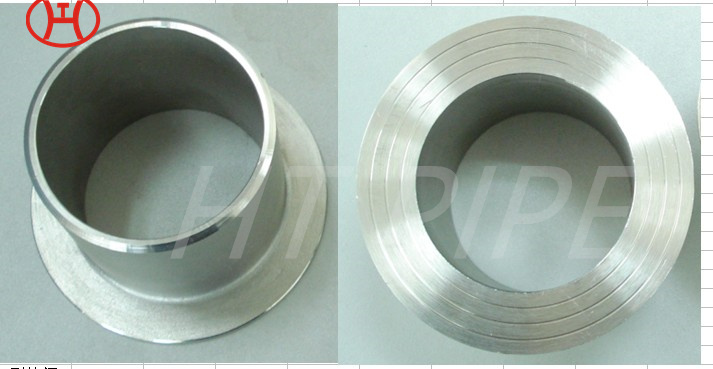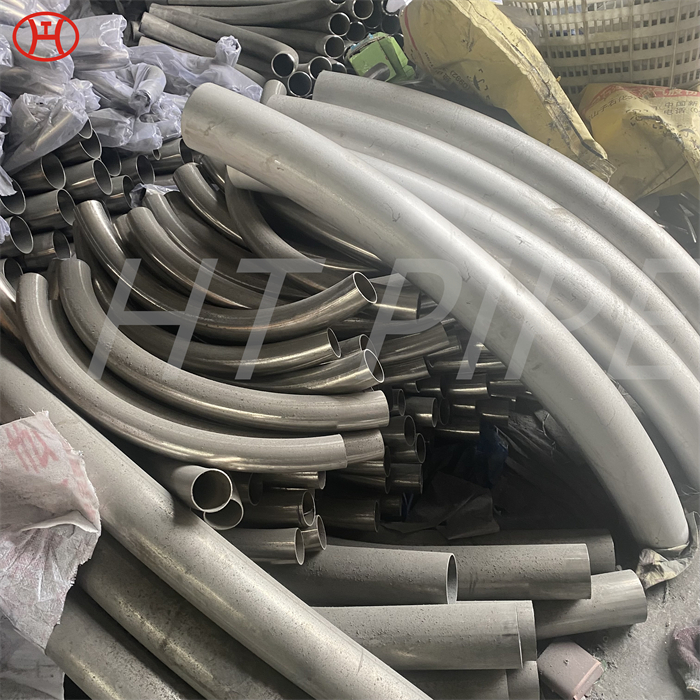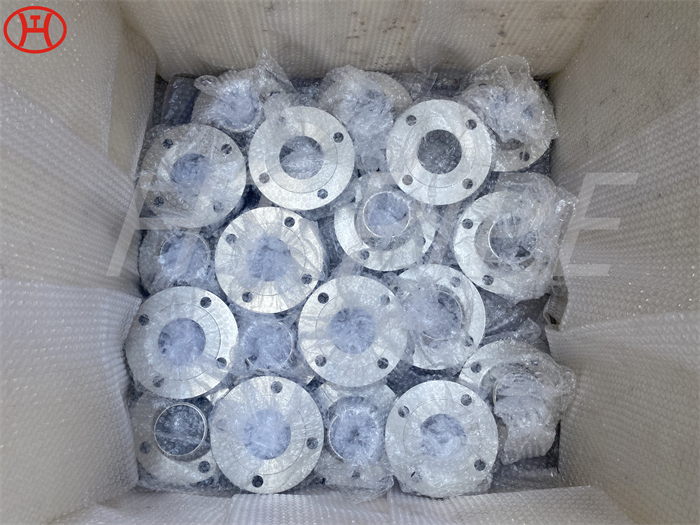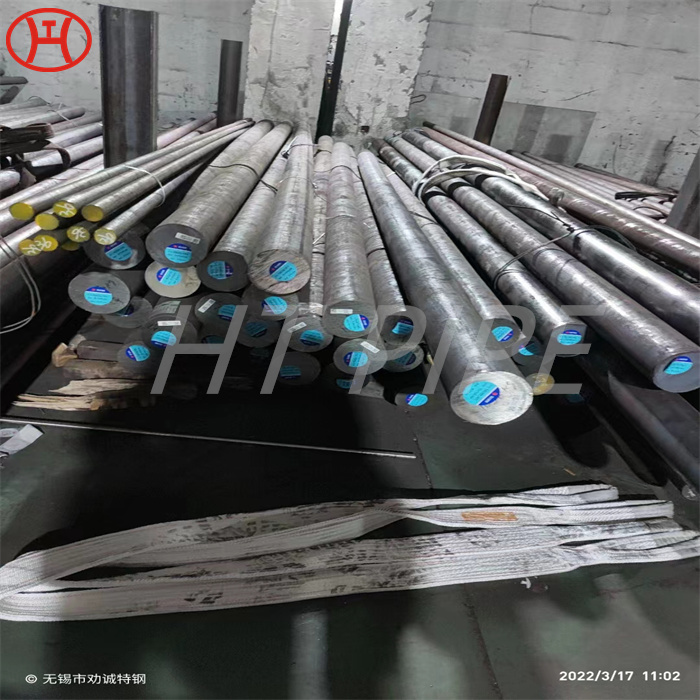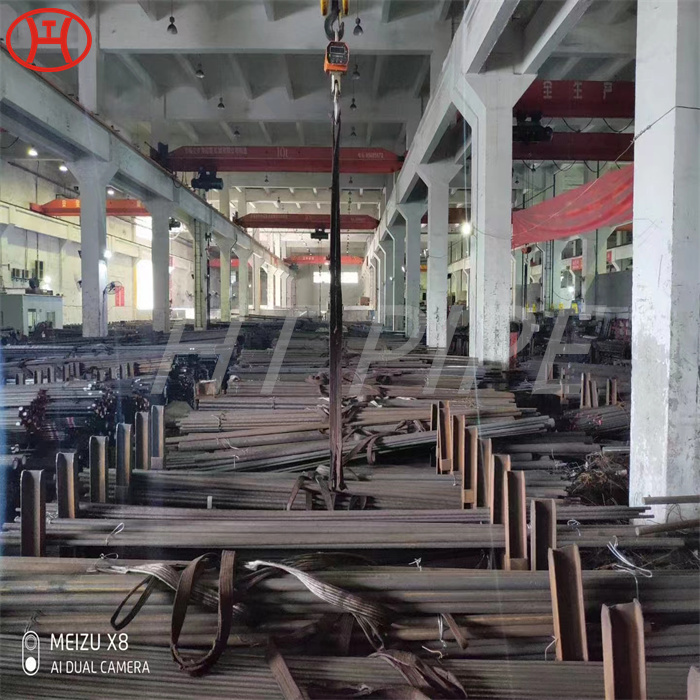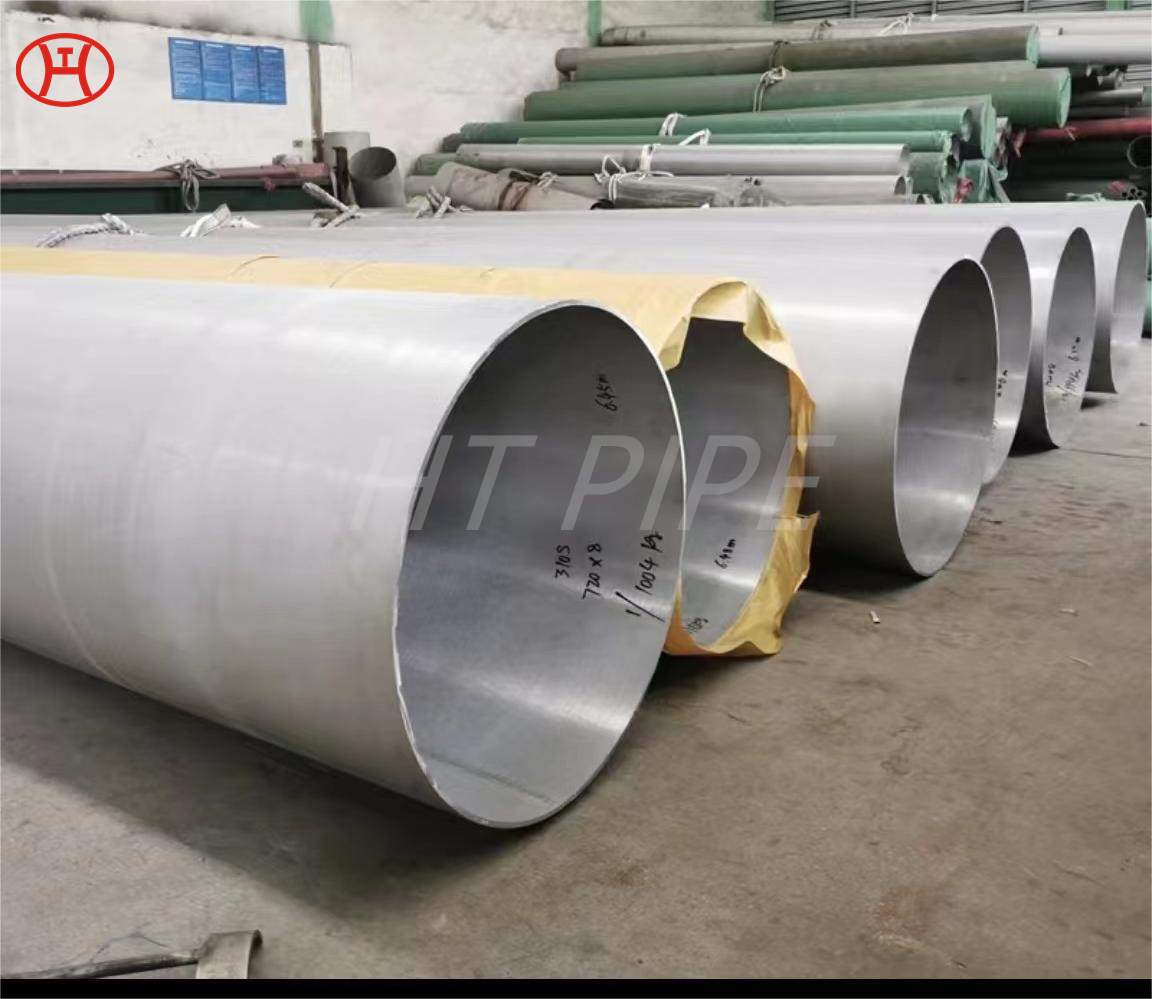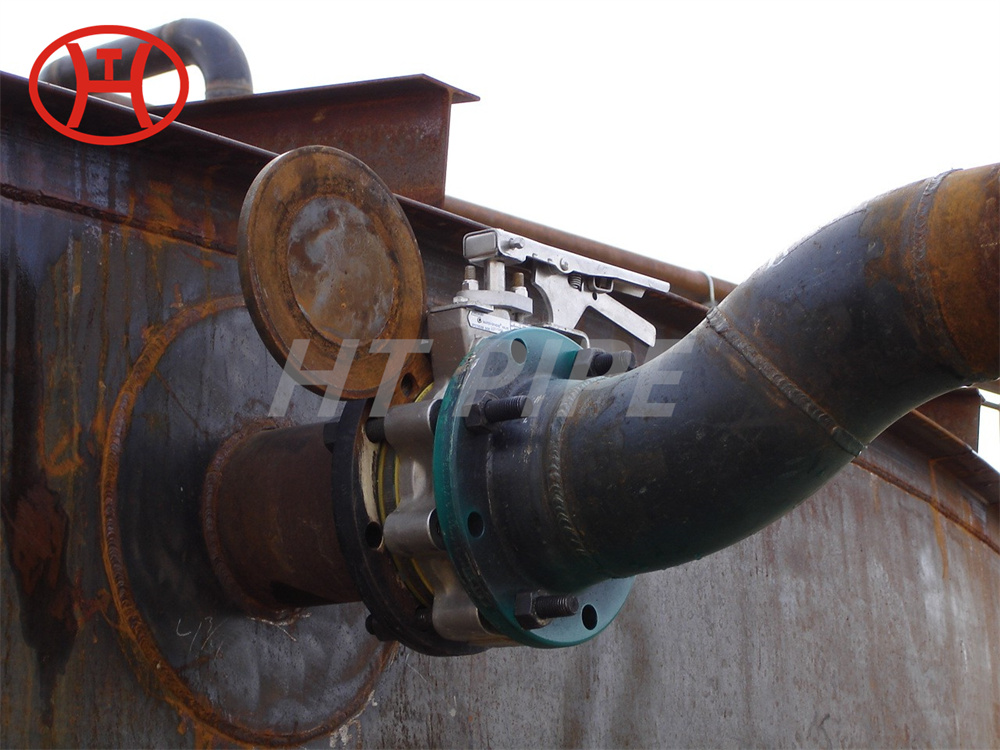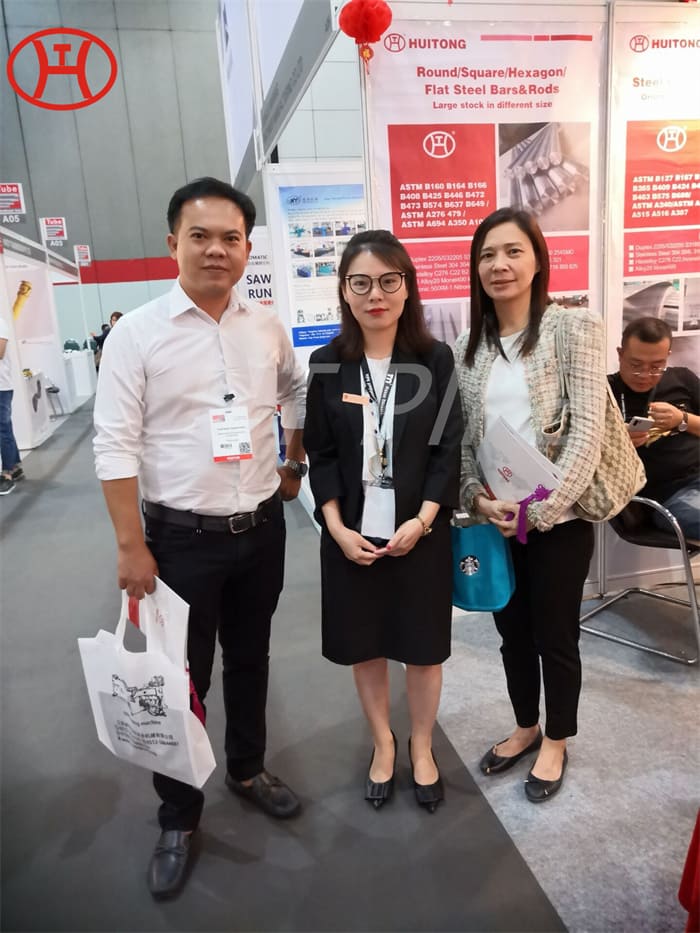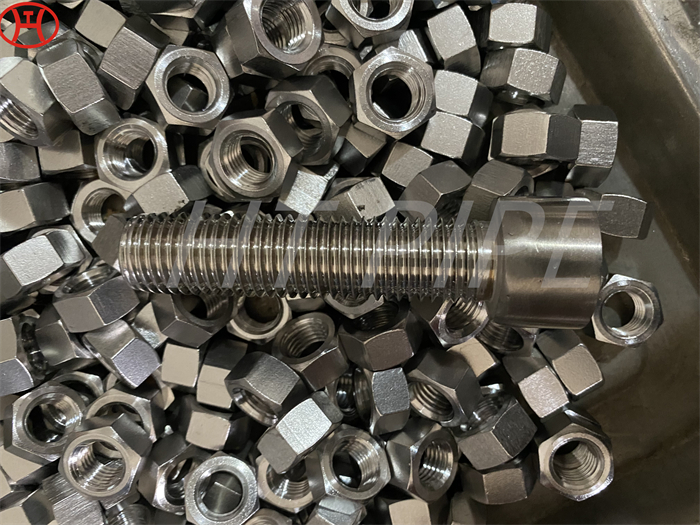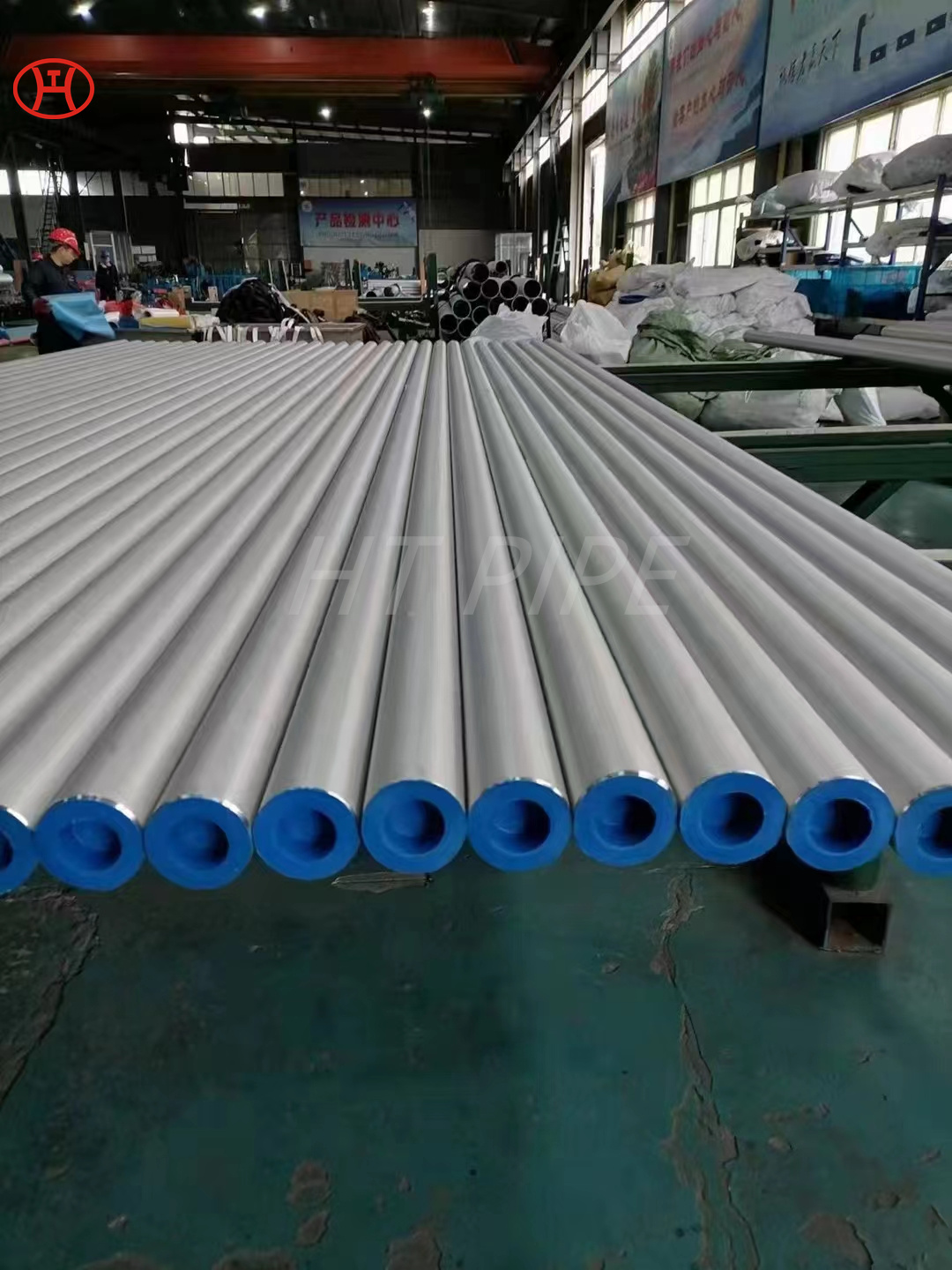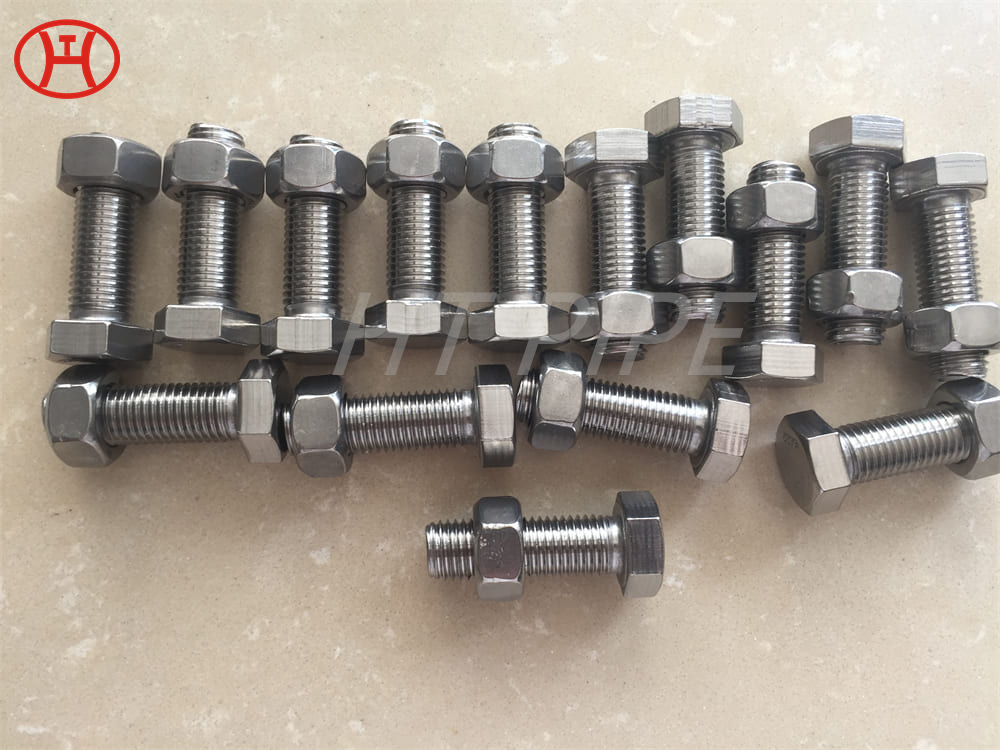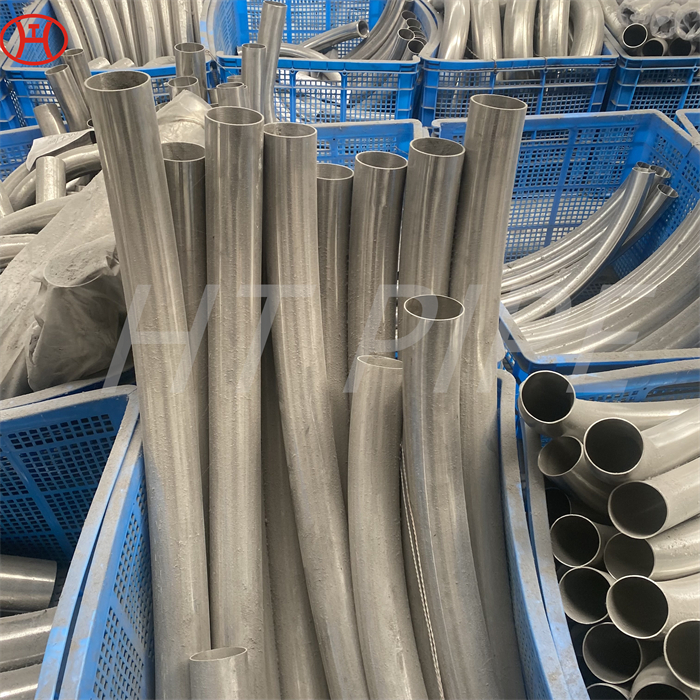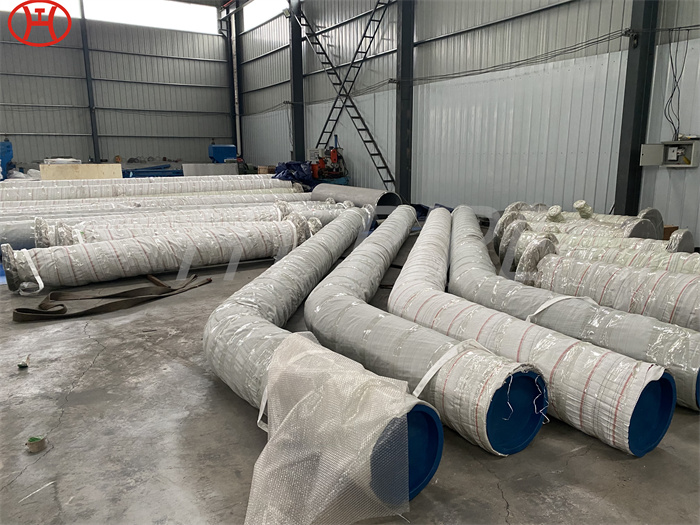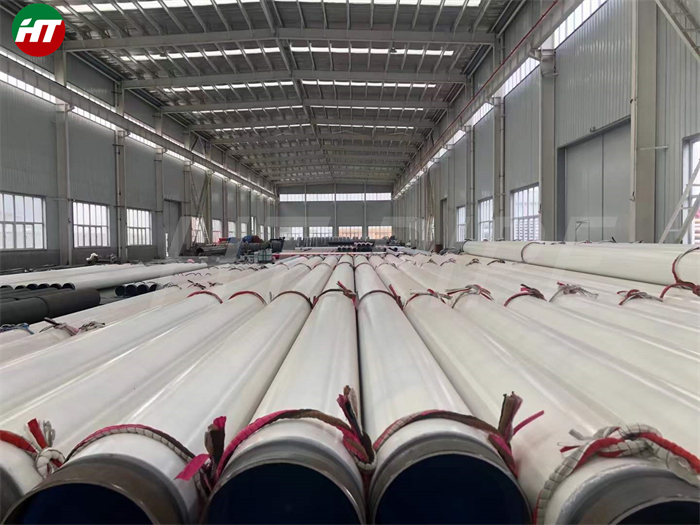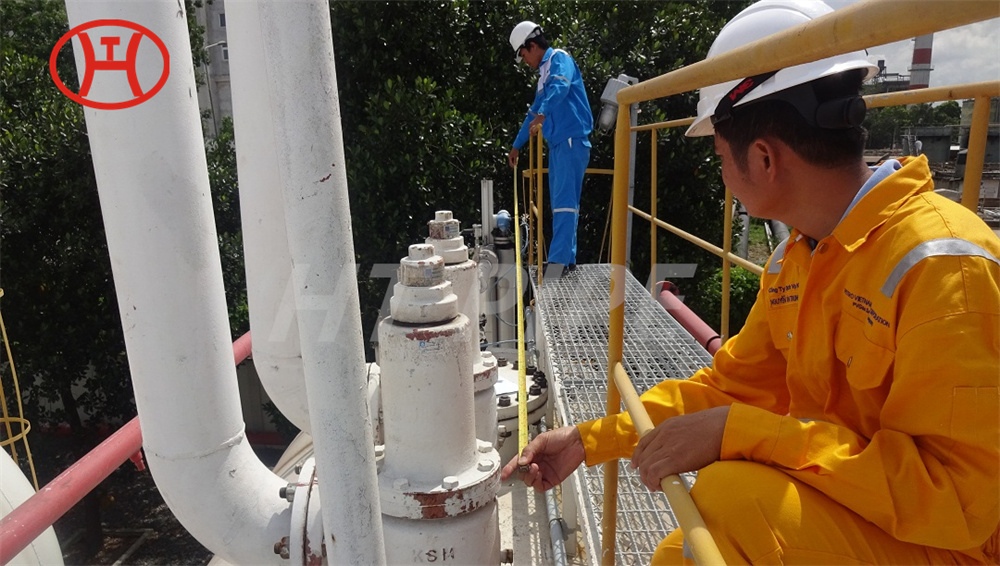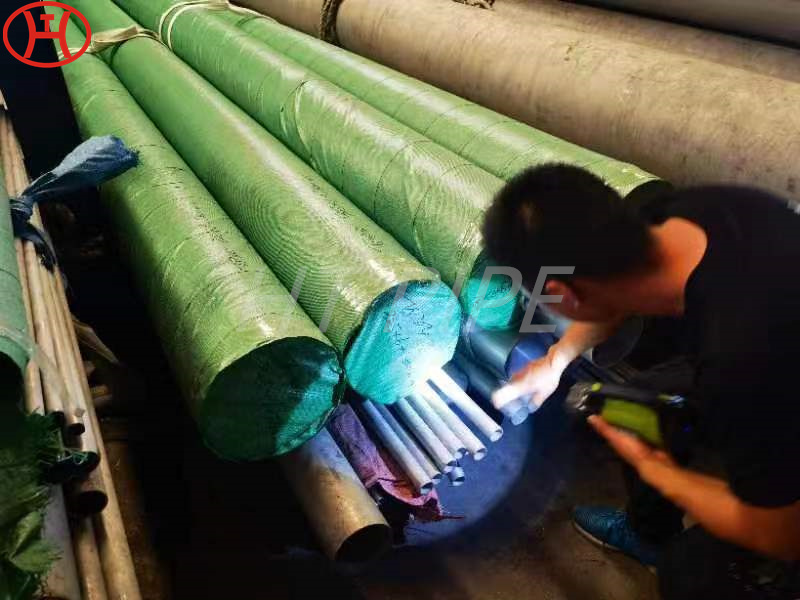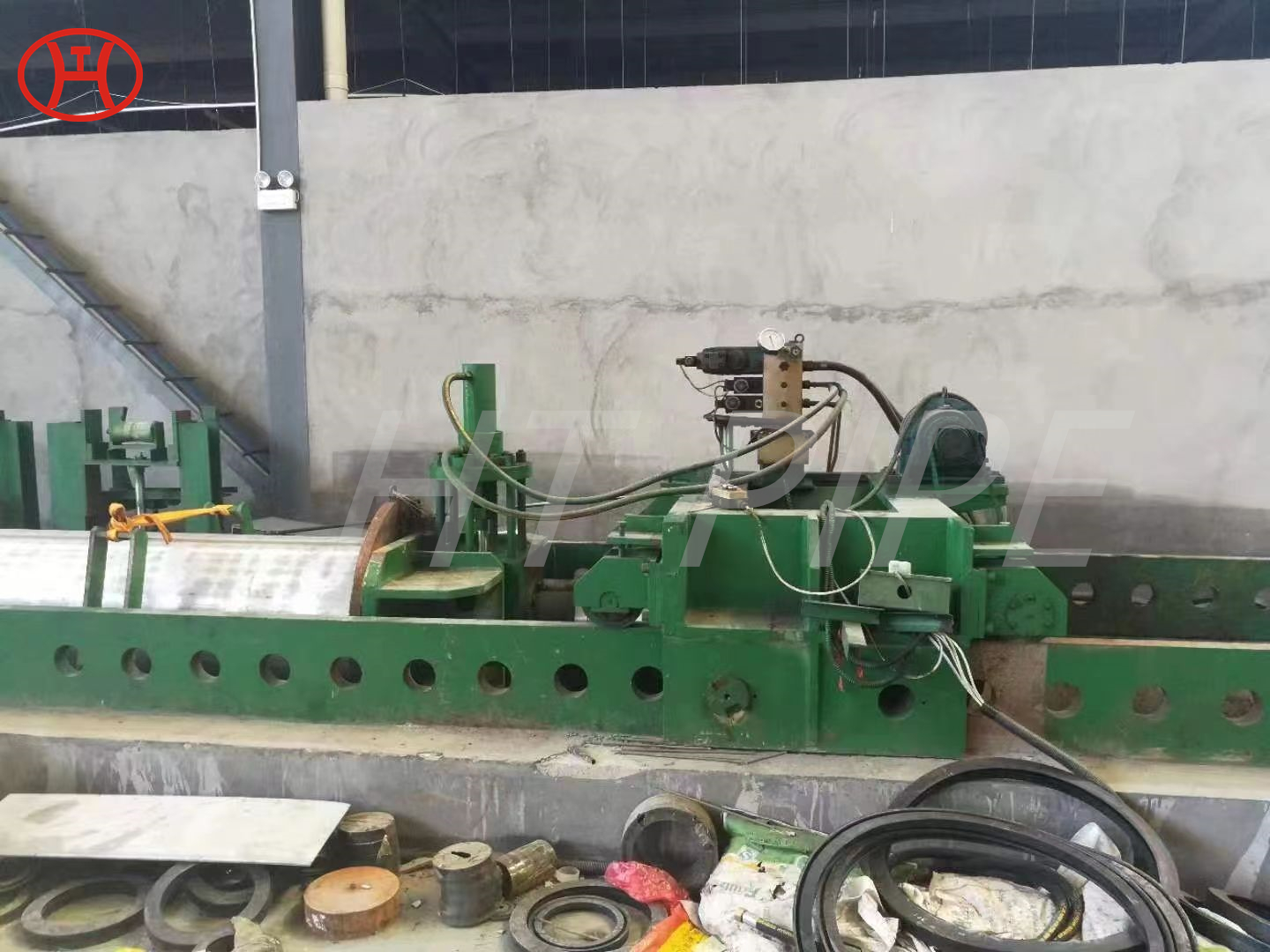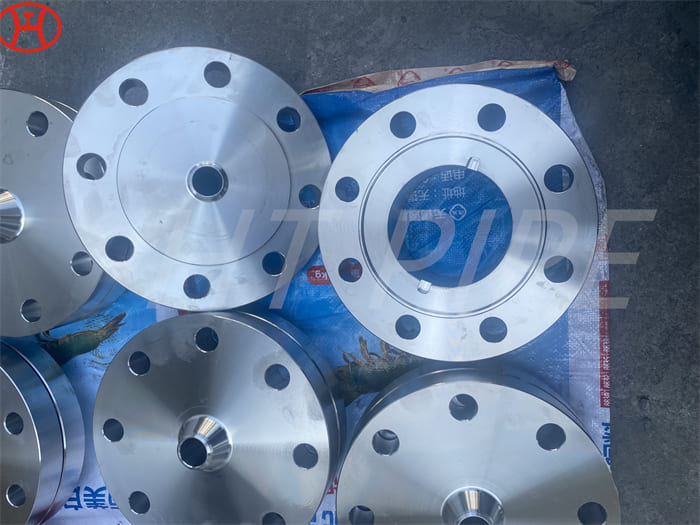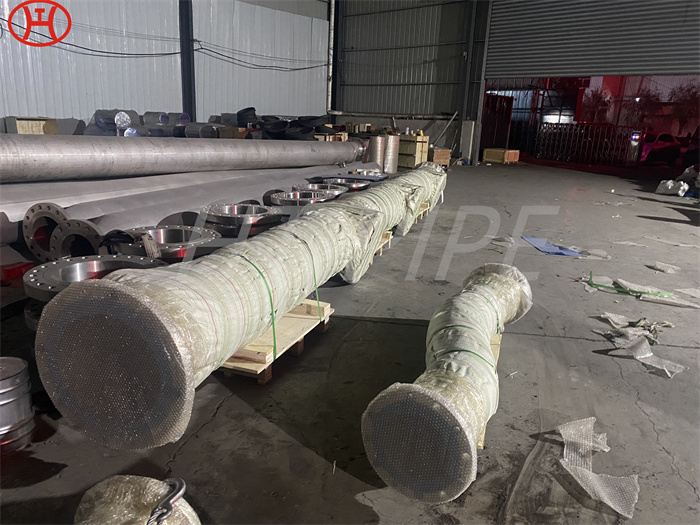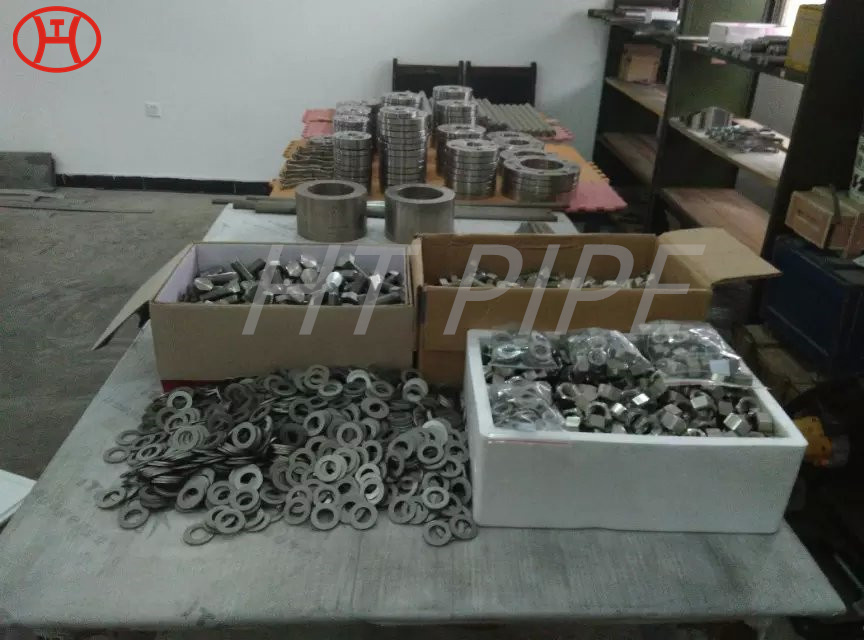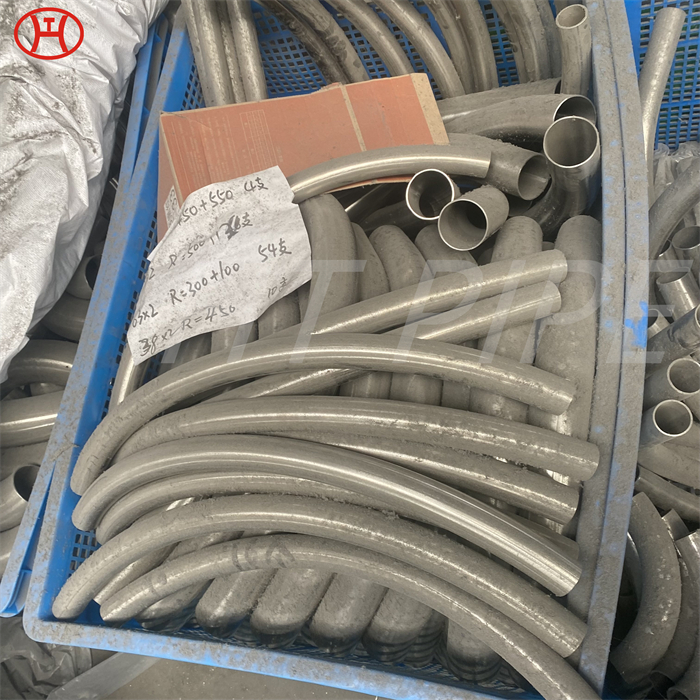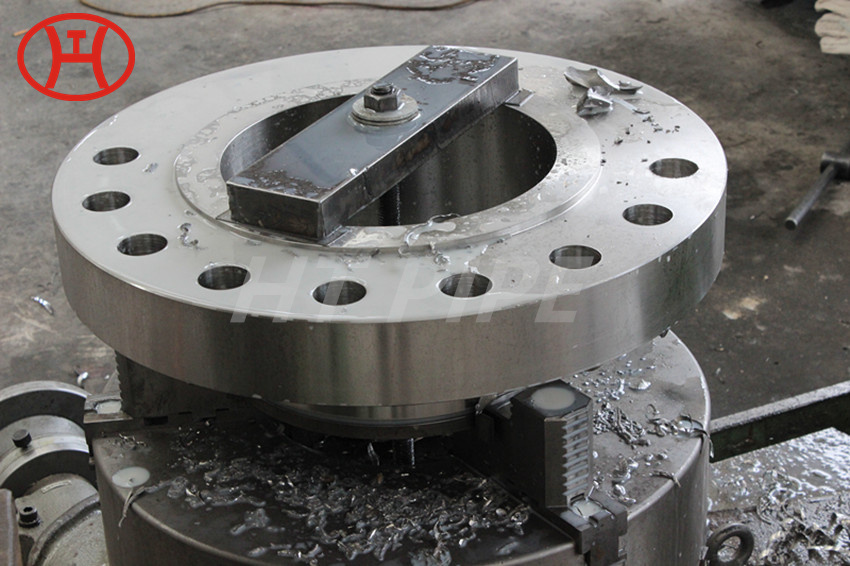Hastelloy C22 pipe bend offers excellent metallurgical stability
This nickel alloy resists the formation of grain-boundary precipitates in the weld heat-affected zone, thus making it suitable for most chemical process applications in the as-welded condition.
The Hastelloy Alloy C22 pipe bend can be processed by both the hot and cold rolling processes. These alloys are highly versatile and can be shaped in different dimensions. They possess a smooth finish and show resistance against pitting and cracking due to acids. They are available in different shapes, and can be used at very high temperatures and mechanical stress, and also where high surface stability is required. Cobalt-based, nickel-based, and iron-based alloys are three types of super alloys. We are the Alloy C22 suppliers who make use of the latest technology and best raw materials whilst producing the best products in the market. These products are produced following international and national standards. If you want to know about our products or their pricing contact us to know more.









































































































